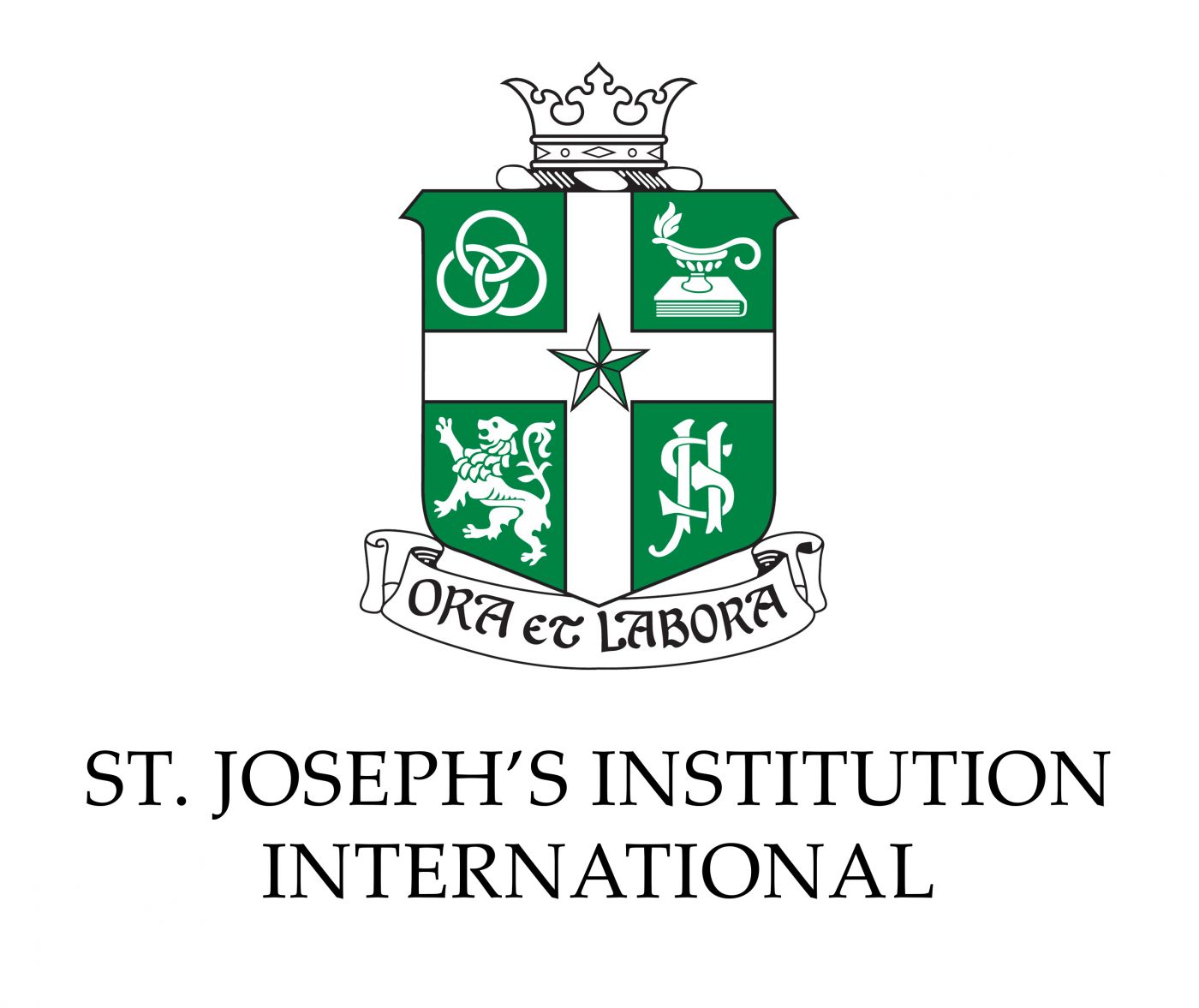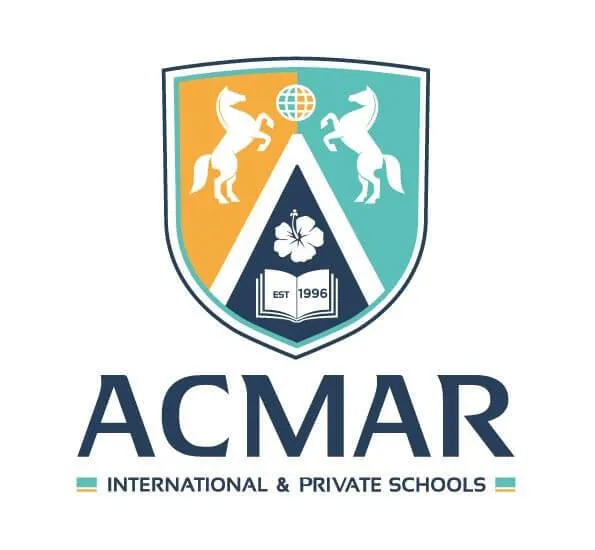
The reintroduction of the Movement Control Order (MCO) in major states in Malaysia have forced schools to close once again. Only students sitting for major examinations are allowed to return to school with strict SOPs in place. Other students have resumed online learning at home. International schools have put in place a comprehensive plan that includes precautionary measures inside and outside the classroom to ensure a safe and conducive environment for students, teachers and school staff.
Physical Distancing at School
The enforcement of physical distancing is imperative to curb the spread of COVID-19. Everyone present at school must maintain a distance of 1 metre from one another. There should also be at least 1 metre of space between desks in classrooms. Signs, ground markings, tape and barriers are some of the ways schools can indicate the need for 1 metre physical distancing, especially at entrances and exits. Wherever possible, schools have also implemented staggered recesses and breaks to limit the number of students at the cafeteria at any one time. Similarly, staggered school hours may also be considered to avoid having the entire school community together at once. In addition, schools need to come up with the best ways to manage extracurricular activities and sports sessions in line with physical distancing SOPs.
Practising Good Hygiene
Hand washing is the most doable, effective and efficient way to stop germs and bacteria from spreading. Students need to be encouraged to practise regular hand washing and hand sanitising when entering and leaving classrooms as they will most likely have touched surfaces, learning materials and books. Other ways to prevent droplets from spreading is to wear a face mask properly, ensuring that it covers the nose and mouth completely. Masks should also be disposed of correctly to avoid the risk of contamination. If students need to blow their noses or cough, they should use a tissue or sneeze into their elbow. Schools must enforce the importance of hand hygiene by preparing hand washing stations with soap and water; and providing alcohol-based hand sanitisers in classrooms, entrances and exits, washrooms and cafeterias.
Cleaning and Disinfection of Classrooms
It is essential that schools adhere to a strict daily cleaning schedule to ensure surfaces and objects that are touched often are disinfected thoroughly. Desks, countertops, doorknobs, computer keyboards, taps, switches are high-touch areas where germs can spread easily. Teachers and students can come up with fun and creative ideas to reduce touching high-risk areas in the classroom and school overall. For example, students can create reminders and posters listing high-risk areas and stick them on notice boards. Classroom doors can stay open to avoid touching doorknobs. In addition, classrooms should be ventilated as much as possible as the virus can spread faster in enclosed spaces. Schools should also plan more lessons outdoors.
Steps to Take if a Student Appears Sick
Daily body temperature screening is a must for each person that enters the school premises. Anyone with a body temperature of 37.5℃ and above should be sent home to self-isolate in case symptoms of COVID-19 begin to appear. If students suddenly feel unwell, they should be sent to a designated room to be picked up by their parents or guardians. The room should be cleaned and sanitised after the student has gone home. Another measure schools can take is to identify students and teachers with pre-existing medical conditions as they are considered high-risk individuals who are susceptible to the virus. Additional strategies can be put in place to keep them safe.
Teachers also play a huge role in educating students on misinformation surrounding COVID-19 to avoid unnecessary fear and worry. Students must be aware of fake news and not believe everything they read, especially news circulating on social media platforms. Teachers should encourage students to fact-check and only share news from verified sources. Furthermore, schools have the responsibility of keeping students and parents informed about the implementation of new precautionary measures to ensure everyone is kept in the loop.
What Schools Need to Monitor
It is important that schools regularly monitor and improve the precautionary measures that they have implemented. Here are some of the areas that schools can look into as advised by the World Health Organisation:
- Effectiveness of symptoms-reporting, monitoring, rapid testing and tracing of suspected cases
- The effects of policies and measures on educational objectives and learning outcomes
- The effects of policies and measures on health and well-being of children, siblings, staff, parents and other family members
- The trend in school dropouts after lifting the restrictions
- The number of cases in children and staff in the school, and frequency of school-based outbreaks in the local administrative area and the country
- Assessment of impact of remote teaching on learning outcomes.
Other than allowing students to continue face-to-face learning, reopening schools with precautionary measures in place is needed to improve social well-being, mental wellness and physical health. Students can interact with their friends and stay active with physical education classes. The reopening of schools will also ease the burden of parents who have been juggling working from home and facilitating their children’s online learning sessions.
References:


































